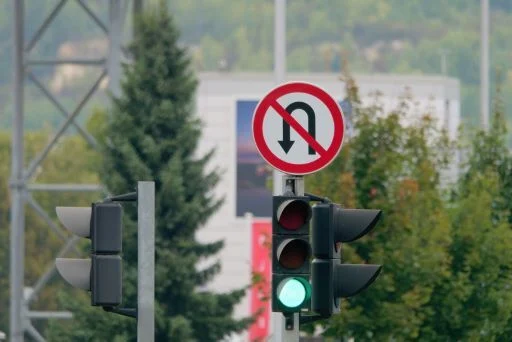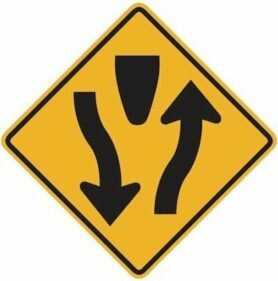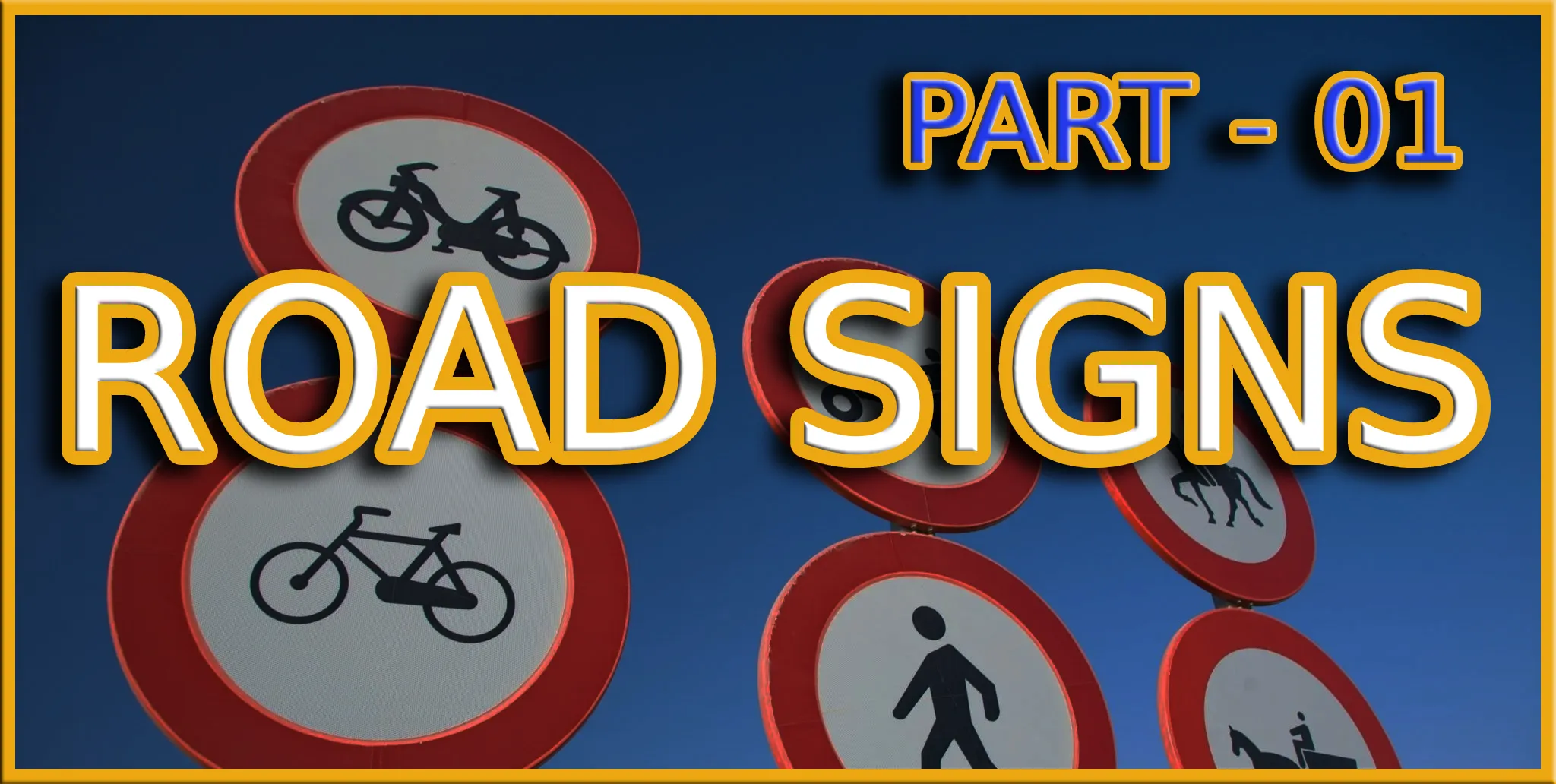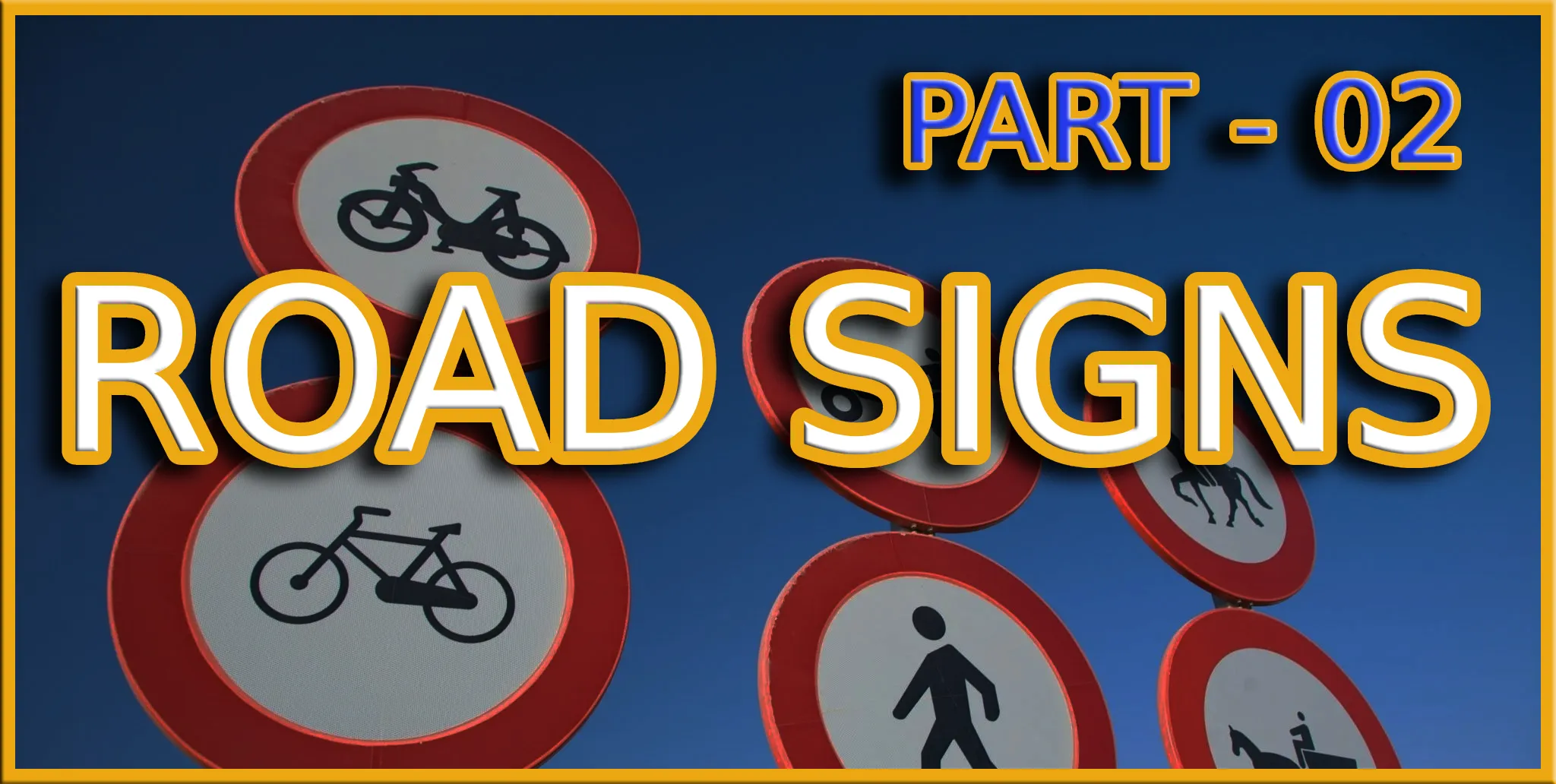Dead End Sign

What Does Dead End Sign Mean?
A “Dead End” sign is a regulatory traffic sign designed to inform drivers that the road ahead has no outlet and ends in a cul-de-sac or similar termination.
Characteristics:
- Shape: Typically rectangular with a white background and black border.
- Symbol: Black text that reads “DEAD END.”
- Placement: Positioned at the point where the road ends or where drivers need to turn around.
Purpose:
- To inform drivers that they will need to turn around as the road does not continue further.
- To prevent drivers from continuing on a road that ends abruptly, potentially leading to unnecessary backtracking.
- To enhance overall safety by clearly marking roads that terminate to avoid confusion or accidents.
Remember:
- This sign indicates that you should prepare to turn around or find an alternative route.
- Plan your route ahead of time to avoid dead ends if possible, especially in unfamiliar areas.
- Follow any additional signs or directions to safely navigate the area beyond the dead end.










